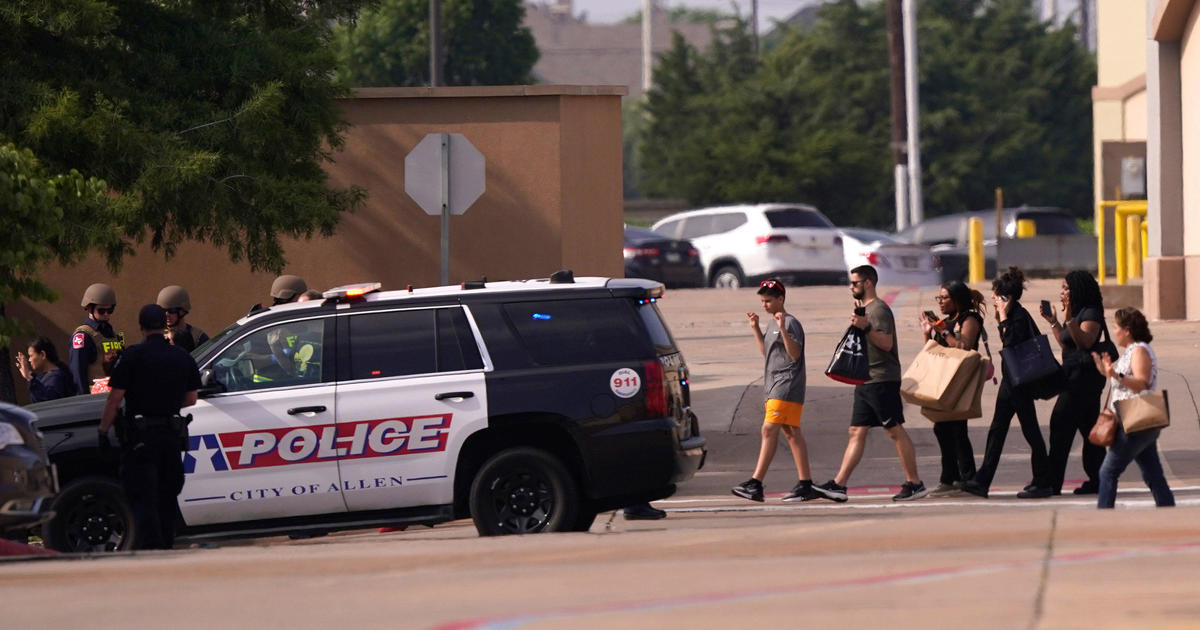Top 5 Hidden Hazards At The Playground
Follow CBSDFW.COM: Facebook | Twitter
NORTH TEXAS (CBS 11 NEWS) - According to the Consumer Product Safety Commission, ever year emergency rooms treat more than 200,000 children under the age of 14 for playground-related injuries.
Molly Grinstead, the injury prevention coordinator for Children's Medical Center of Dallas, said many of the injuries are the result of playground hazards many parents don't know to check for.
"The key is just checking for these dangers," she said.
Here are our top five hidden hazards at your neighborhood park:
- Instead of sending your young child down a slide by themselves, as a parent you might think you are being safer by going down the slide with your child on your lap.
However, safety experts say what often happens is a child's leg gets caught underneath and can break.
A study, conducted at Winthrop University Hospital in New York, discovered during an eleven month period 13.8-percent of the tibia fractures in children occurred while sliding on an adult's lap. - Strings on a hooded jacket, jewelry, and even straps on a bike helmet can get caught on a swing in what's known as an S-hook. Safety experts say the S-hook, which will often connect the chain to the seat, should be closed.
To test out its safety, take a credit card and if it slides in the hook, experts say that means the gap is too big. - Make sure the soccer goals are anchored down. The Consumer Product Safety Commission estimates 120 people every year are injured by soccer goals.
- Another way children suffer severe injuries at the park is from shoddy surfaces.
Grindstead said avoid playgrounds with a concrete, asphalt, or even grass surfaces.
Gravel, rubber pads, and wood chips are all acceptable surfaces according to experts as long as the surface material is at least twelve inches deep. - The Children's Medical Center of Dallas said the number one playground injury it sees is broken arms from children falling off money bars.
Grindstead said in many cases the child was simply too young to be playing on the bars.
Most monkey bars, she said, are designed for children at least six-years-old.
(©2015 CBS Local Media, a division of CBS Radio Inc. All Rights Reserved. This material may not be published, broadcast, rewritten, or redistributed.)



